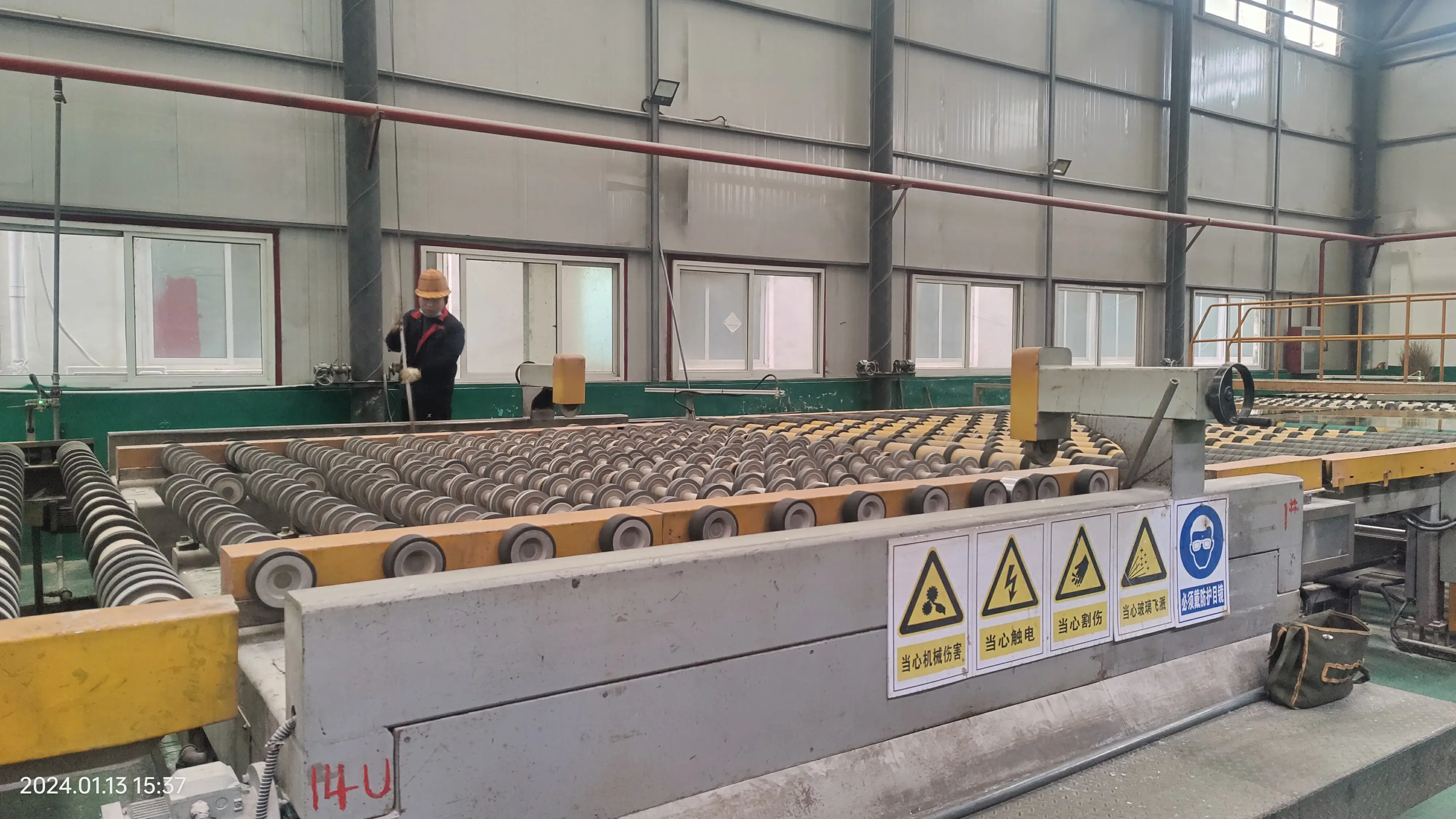

Frit Pattern Glass A Fusion of Art and Technique
Frit pattern glass, a fascinating medium that blends artistry with technique, has emerged as a captivating choice for artisans and designers alike. This form of glass art involves the use of frit, which refers to small particles of glass that have been crushed and processed, often to a powder or granular form. The use of frit in glassmaking dates back centuries, but its applications have evolved significantly over time, particularly in contemporary design and craft.
The basic principle of frit pattern glass revolves around the application of glass frit onto a glass surface, which can then be heated to fuse the frit with the substrate. This process allows for extensive creative freedom, enabling artists to create intricate designs and textures that are visually striking and unique. The frit can come in various colors, sizes, and formulations, giving artists an almost limitless palette to work with. From vibrant hues that evoke a sense of joy to subtle shades that bring an air of sophistication, the choice of frit can dramatically influence the final appearance of the piece.
One of the most alluring aspects of frit pattern glass is its versatility. It can be used for a variety of applications, including decorative panels, functional items, and sculptural pieces. Artists often experiment with different layering techniques, combining frit with other glass elements such as sheet glass, or even incorporating various methods of manipulation to create depth and dimension.
Moreover, frit pattern glass can be used in architectural settings as well. Glass artists collaborate with architects and designers to produce innovative installations that can transform spaces. These installations often incorporate light as a key component, allowing the glass to interact dynamically with the environment. The results can be breathtaking; light passing through frit pattern glass can create an ethereal effect, transforming mundane spaces into realms of artistic expression.

The technique also offers a unique challenge to glassmakers. The behavior of frit during the firing process can be unpredictable, requiring artisans to possess a strong understanding of the material’s properties and the science behind glass fusing. Experience is crucial, as the frit must be carefully managed to ensure that it fuses at the desired temperature without losing its intended form or color. This interplay between art and science is what makes frit pattern glass so compelling; it’s a medium that requires both creativity and technical mastery.
In addition to its aesthetic and functional applications, frit pattern glass also serves as a platform for cultural expression. Many artists use this medium to explore themes that reflect their heritage or personal experiences. The ability to manipulate frit patterns can lead to compelling narratives, with each piece telling its own story through color and form. This aspect of glass art fosters a deeper connection between the viewer and the artwork, inviting reflection and dialogue on cultural identity and artistic expression.
Education and workshops focused on frit pattern glass have gained popularity, providing enthusiasts and aspiring artists with opportunities to learn and experiment with this medium. These programs often emphasize the importance of experimentation and innovation, encouraging participants to push the boundaries of traditional glassmaking techniques.
In conclusion, frit pattern glass is more than just a decorative medium; it is a dynamic intersection of art, technique, and personal expression. Its versatility and capacity for innovation make it an exciting area of exploration for artists, designers, and architects alike. As the art of frit pattern glass continues to evolve, it undoubtedly holds a bright future in the world of contemporary art, promising to inspire creativity for generations to come.